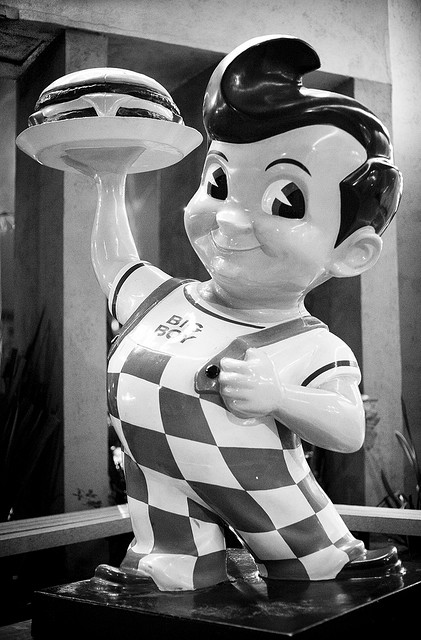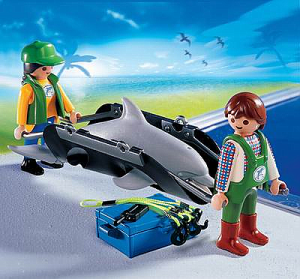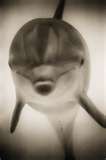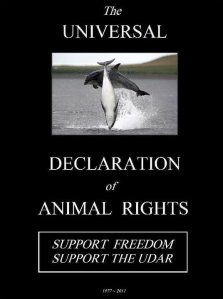A few weeks ago, I posted a blog on this topic, and if you had the great good fortune to have seen the videos in the blog, you would have seen first hand via video shot by a customer of the Georgia Aquarium that the Aquarium’s dolphin extravaganza was, shall we say, a little lean on educational value.
Seeing unvarnished home movies likely provides something a tad closer to the reality of the dolphin show than a highly polished piece that the Georgia Aquarium would put together as an advertisement. Make sense? It does to me, too.
Those home movies are no longer available, but since I want to continue to provide information and facts surrounding the Georgia Aquarium and dolphin captivity, it appears that I’ll have to rely at least in part on the G.A.’s own video. But before I show you the video, let me set the stage a bit. It may look like I’m straying off topic, but just hang with me. I’ll bring it all home. I promise.
In your mind’s eye, picture the strawberry pie on the menu at Shoney’s. The big, center-posted picture on the cover. With radiating smaller pics of fried chicken, Salisbury steak (both with a gravylike schmear), and maybe even shrimp, interspersed with various starchy concoctions, some with peas thrown in for color.
But the pie: the uber bright and shiny red of, not really the strawberries so much (yes, I think there were actual strawberries in there) as the goo that surrounds the strawberries. The goo that jiggles, but not the same way that Jello jiggles. Translucent, but again, not the same way that Jello is. You know it. More like snot, really. But darn red. A mighty fine red, but one that you know isn’t real. And this, this picture of the pie that is on the cover of the menu, that is now in your mind’s eye, with its perfect dollop of whipped cream, well, not real whipped cream, really, but some light and fluffy mixture of milk flakes, talc, high fructose corn syrup, and hydrogenated oil . . . Crap. I really didn’t mean to ruin that (open air quotes) whipped cream (close air quotes) for you. Oh, who am I fooling? You’re probably on your way to that single-use plastic container of Cool Whip right now. (Are these people going to sue me for mentioning them in the same piece as the Georgia Aquarium? Oh, I am just mean!) Anyway. Picture the pie. The bright red goo. The perfect dollop.
Flash forward to your having ordered it. Now watch the pie as it approaches on the tray brought by the hard-working and underpaid (oops, slid into another social issue) waitress. The reality is not quite as lovely as the advertisement. The advertisement promised something that it didn’t deliver.
And by comparison, with that picture of the pie in your mind, that fake, fake, fake, fake, fake red of the pie that still somehow appeals to the inner 6-year-old-at-Shoneys-for-the-first-time, consider that the Georgia Aquarium is tinkering with that same appeal. The strawberry pie lie. The reality isn’t what’s on the cover. But what’s on the cover is what the restaurant needs you to believe so that you’ll order it. So what does the Georgia Aquarium need you to believe?
I guess, first and foremost, it wants you to believe that the dolphins are happy. Happy in captivity. Happy that they are not in the ocean swimming freely with their close-knit community of family. I guess there’s a lot they would like you to believe. That dolphins live longer lives in captivity. But there is also stuff they don’t want you to know. They don’t want you know that the average life span of a dolphin in captivity is five years, when dolphins in the wild live far longer. Or that the aquariums often give captive dolphins daily doses of medicines to control ulcers and intestinal and respiratory issues. So you can probably expect a Georgia Aquarium online commercial to show you what it wants you to believe. I expect you’ll see something that looks like happiness. Jumping. Splashing.
But what about the education part? Surely they’ll highlight that aspect, too. It is supposed to be central to the purpose of the dolphin show, right? Education. Right?
And here we are at the finish line, getting ready to watch one of the Georgia Aquarium’s own videos – one that it has placed on Youtube with all the agreements and consents that one gives when posting to Youtube – to see how it invites customers to come be educated about happy dolphins.
Soooooooo. What did you learn about dolphins? What do you expect to learn based on the Georgia Aquarium’s own enticement? What education do the eleven dolphins who are held captive at the Georgia Aquarium provide to justify their continued captivity, held away from the open ocean for which they were designed?
To actually learn about dolphins and whales in captivity, watch A Fall From Freedom.
And don’t go to the dolphin show.
In the meantime, if you need entertaining, just take a gander at what we actually allow to entice us into believing that the food is good. Or the dolphins happy.

This burger was made from happy cows, too!





 Dolphins are in danger in Japan. Today the danger is caused by a combination of humans’ having captured them and put them in pens and a typhoon that is beating those dolphins against the pen and potentially tangling them in the netting and drowing them. In the oceans the dolphins have for millions of years protected themselves in the face of weather. But when humans remove from them not only their freedom, but any of their means of self-preservation, there is nothing that they can do to protect themselves.
Dolphins are in danger in Japan. Today the danger is caused by a combination of humans’ having captured them and put them in pens and a typhoon that is beating those dolphins against the pen and potentially tangling them in the netting and drowing them. In the oceans the dolphins have for millions of years protected themselves in the face of weather. But when humans remove from them not only their freedom, but any of their means of self-preservation, there is nothing that they can do to protect themselves.
